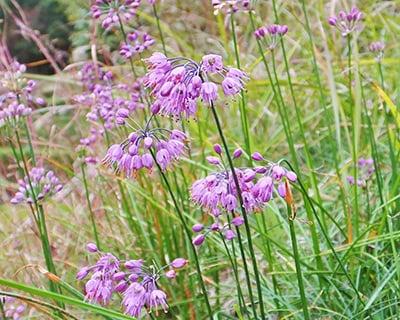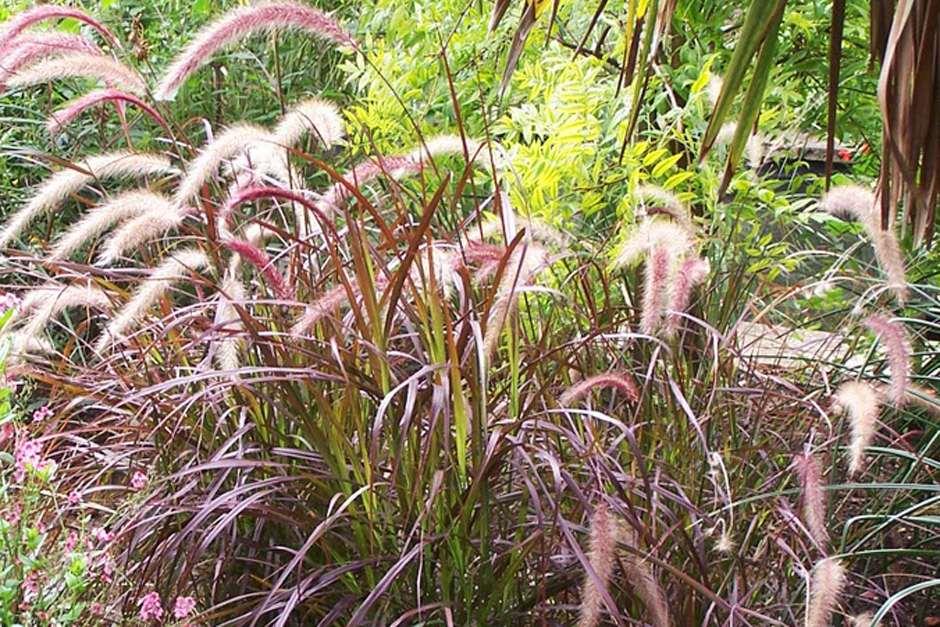10 award-winning (AGM) autumn bulbs
Autumn bulbs bring unexpected colour and charm just as the garden begins to fade. From vibrant flowers to delicate forms, they offer welcome bursts of beauty when it’s needed most
Planted in late summer, autumn-flowering
There are a number of fine crocus forms that flower in autumn, and among the most appealing is the Greek species Crocus goulimyi. Once difficult to obtain, it is now widely available from specialist nurseries, both in its lilac form and as the white
Long known as Leucojum autumnale, but so distinct that it demands a genus of its own, the autumn snowflake Acis autumnalis opens its white bells for many weeks in August and September as the grassy foliage fades away. Usually three bells open on each stem and there’s often a hazy red zone at the base of the flower coupled with red-tinted stems. Best planted in sun, in humus-rich, but gritty and well-drained soil at the front of a raised bed, the bulbs usually increase well so at flowering time they make a crowded forest of wiry stems. They also do well in a deep pot of gritty compost. Height 15–22cm (6–9in). Hariness rating H5.
The Italian arum, Arum italicum subsp. italicum ‘Marmoratum’ is a bulb (well, a rhizome) that is exceptional at producing its new foliage in the autumn and maintaining its sparky display of white-veined leaves until late spring. Then it flowers, develops spikes of orange-red berries and the foliage fades away. The arrowhead-shaped leaves are splendid both in the garden and cut for the house, while the curious greenish-yellow spathes with a yellow spadix add further seasonal interest. Height 35cm (14in). Hardiness rating H6.
Colchicum ‘Waterlily’ is a
A late-flowering bulb, Allium thunbergii brings a fresh burst of colour just as the garden begins to wind down. In autumn, its slender stems are topped with umbels of bell-shaped, rosy-pink flowers that rise above neat, glossy leaves. Attractive to bees and other pollinators when nectar sources are scarce, it’s also edible, with both the leaves and bulbs offering culinary uses. A compact choice, it works beautifully in borders, pots, or at the front of beds for reliable late-season interest. Height 10–50cm (3.9–20in). Hardiness rating H5.
Cyclamen hederifolium is the autumn-flowering cyclamen most often recognised. Its dainty yet resilient flowers, in shades of pink or white, are backswept, sometimes scented, and appear from August. These are followed by attractive, arrowhead-shaped leaves that last through winter and are often marked with silver. This species is adaptable, persisting for many years in gravel in partial sun, self-sowing beneath hedges, as well as thriving in the light, humus-rich soil it is usually associated with. Ants help distribute the seed throughout the garden. Height 7cm (3in). Hardiness rating H5.
Nerine bowdenii is a stylish and dependable bulb from South Africa that fits well into Mediterranean style gardens as it flowers in September and it sits well with greyish and glaucous foliage. The clusters of up to a dozen flared and slightly frilly pink flowers open in a succession over many weeks at the top of upright stems. The bulbs are best planted with their tops peeping through well-drained soil in a sunny place. Plant about 15cm (6in) apart, leave undisturbed until the bulbs are crowded and feed as the leaves develop. Height 45cm (18in). Hardiness rating H5.
More easily pronounced as Queen Olga’s snowdrop, Galanthus reginae-olgae subsp. reginae-olgae was once thought to be simply an autumn-flowering form of the familiar Galanthus nivalis, but it has since been elevated to its own species and subspecies. This reliable, tough, and easy autumn bulb is admired for its unexpected October opening, is happiest in deep soil in sun or part shade yet fairly adaptable, and quickly fattens into impressive clumps. A few blooms in a dainty autumn posy often prompt high accolades from non-gardeners. Height 15cm (6in). Hardiness rating H5.
Sternbergia lutea, often called the autumn or winter daffodil, is not a true Narcissus but produces large, bright yellow, goblet-shaped flowers for several weeks from September. The blooms appear as dark green leaves emerge, and in sunny, well-drained, fertile soil, the bulbs establish readily and multiply. They tolerate typical summer conditions but do not perform well in excessive heat or
Eucomis pallidiflora, or the giant pineapple lily, is a bold, bulbous


